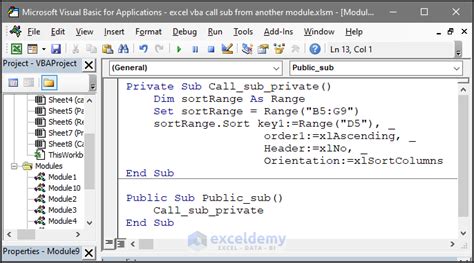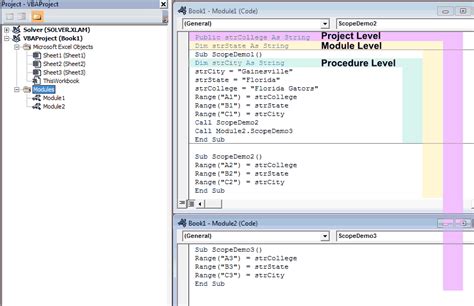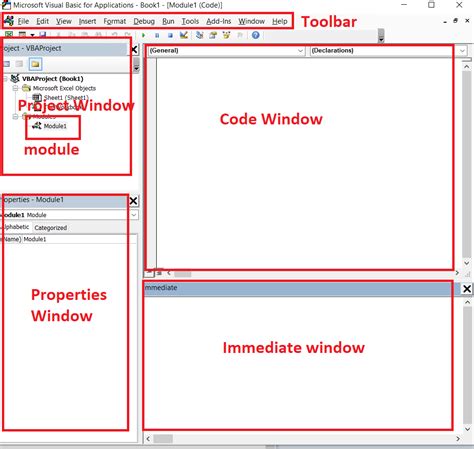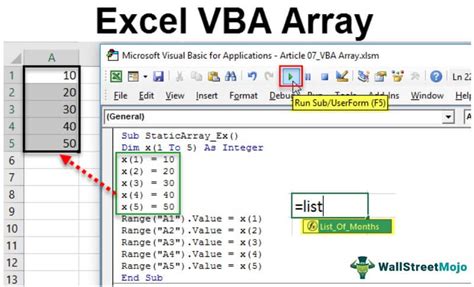In Excel VBA, calling a subroutine (Sub) from another module is a common requirement when you're organizing your code into multiple modules for better management and reusability. The process is straightforward, but there are a few nuances to understand, especially regarding the scope and visibility of your subs. Here’s a comprehensive guide on how to call an Excel VBA Sub from another module.
Understanding Module Scope
Before diving into the how-to, it's essential to understand the scope of your modules and subs. In VBA, modules can be:
- Standard Modules: These are the modules you create under the "Modules" folder in the Visual Basic Editor. You can store your subs here.
- Worksheet Modules: These are modules associated with specific worksheets. They are primarily used for event-driven code, such as worksheet change events.
- Class Modules: These are used for object-oriented programming and are less common for straightforward sub calling.
Calling a Sub from Another Module
To call a sub from another module, follow these steps:
Step 1: Ensure the Sub is Public
For a sub to be callable from another module, it must be declared as Public. If your sub doesn't have an access modifier specified, it defaults to Public. However, explicitly declaring it as Public is a good practice for clarity.
Public Sub MySub()
' Your code here
End Sub
Step 2: Identify the Module and Sub Name
Know the name of the module and the sub you want to call. For example, if your sub MySub is in a module named Module1, you would call it by specifying the module name followed by the sub name.
Step 3: Call the Sub
From another module, you can call MySub like this:
Sub CallMySub()
Module1.MySub
End Sub
Alternatively, if you are calling a sub from the same module, you don't need to specify the module name:
Sub AnotherSubInSameModule()
MySub
End Sub
Step 4: Handling Arguments
If the sub you are calling requires arguments, you must provide them. For example:
Public Sub MySub(argument1 As String, argument2 As Integer)
' Your code here
End Sub
You would call it like this:
Sub CallMySub()
Module1.MySub "Hello", 42
End Sub
Best Practices
- Keep Module Names Unique: Ensure that your module names are unique to avoid confusion and potential errors when calling subs.
- Use Meaningful Names: Use descriptive names for your subs and modules to make your code more readable and understandable.
- Organize Code: Organize your code in a logical manner, grouping related subs and functions together in modules.
Troubleshooting Common Issues
- Sub or Function Not Defined: Ensure the sub is
Publicand you're calling it from a module that can access it. - Type Mismatch: Verify that the arguments you're passing match the types expected by the sub.
Conclusion
Calling a sub from another module in Excel VBA is a fundamental skill that enhances your ability to organize and structure your code. By following the steps and best practices outlined here, you'll be well on your way to writing more efficient and maintainable VBA code.

Excel VBA Modules and Subs Gallery










We hope this guide has helped you understand how to call a sub from another module in Excel VBA. Happy coding!
